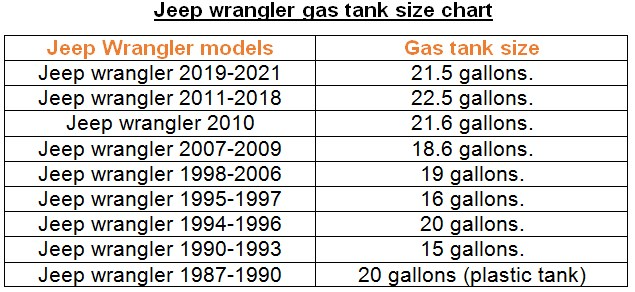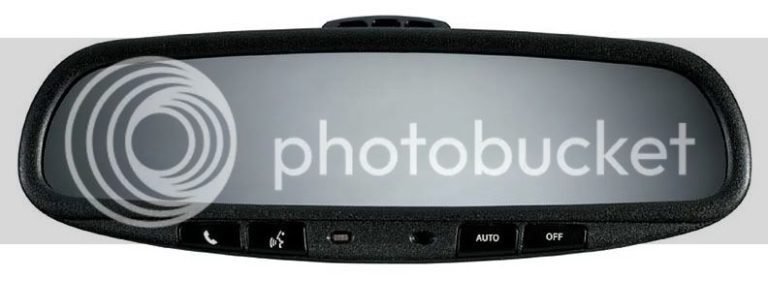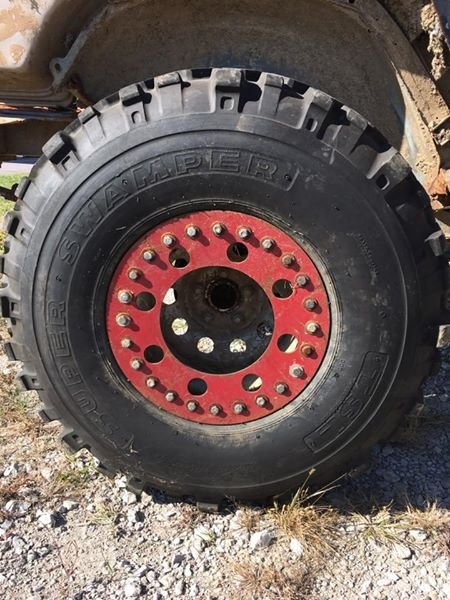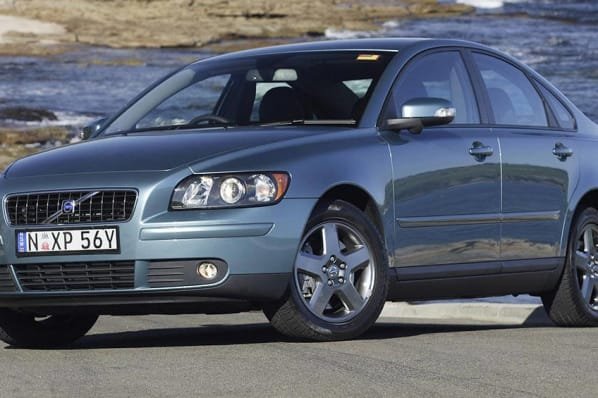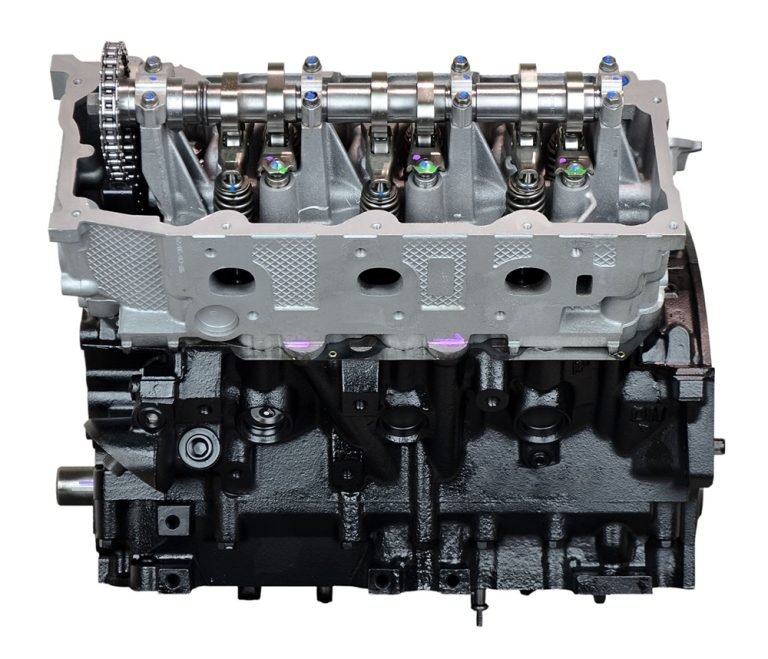Jeep Tj Fuel Capacity
Let’s get straight into it: The Jeep Wrangler TJ, which was produced from 1997 to 2006, has a fuel capacity of approximately 19 gallons (72 liters). This tank size offers the Jeep a decent driving range, perfect for off-roading adventures or long trips. Packed with power and capability, the TJ model provides both a thrilling and reliable ride. Navigating tough terrains requires plenty of horsepower – but what many Jeep enthusiasts often overlook is that it also needs a significant amount of fuel. That’s where the TJ’s impressive fuel capacity steps up to the plate.
However, the maximum driving range isn’t solely determined by fuel capacity. Factors such as driving habits, terrain, and the overall condition of the vehicle also influence it significantly. Let’s delve a bit deeper and explore everything there is to know about the fuel capacity of the Jeep TJ and how it impacts your driving experience.

Understanding the Jeep TJ’s Fuel Economy
One of the factors that can influence the fuel capacity’s effectiveness is fuel economy. A Jeep’s fuel economy is the relationship between the distance traveled and the amount of fuel consumed by the vehicle. It is usually measured in miles per gallon (mpg) or liters per 100 kilometers (l/100km).
As a rule of thumb, the Jeep TJ averages about 14-18 mpg in city and 17-21 mpg on the highway under optimal conditions. However, the actual figures may vary based on a multitude of factors, including driving habits and vehicle condition. Before heading off on a road trip or an off-road adventure, it’s a good idea to calculate your Jeep’s fuel efficiency. This will give an estimate of the distance you can travel on a full tank.
How to Improve Your Jeep’s Fuel Efficiency
Although Jeeps are not particularly known for their fuel-efficiency, several measures can be taken to improve the TJ’s fuel consumption:
– Regular vehicle maintenance: Keeping your Jeep in top condition can lead to better fuel efficiency. This includes regular oil changes, tire alignments, and checking the air filter.
– Driving habits: Avoid aggressive driving behaviors such as rapid acceleration, speeding, and hard braking – all of which can lower your gas mileage.
– Monitor tire pressure: Under-inflated tires can decrease the MPG, as they create more resistance, making the engine work harder.
– Limit idling: Extended idling consumes more fuel than restarting the engine. If you’re going to be still for more than a minute, it might be more fuel-efficient to turn off the engine and restart it when you’re ready to go.
Frequently Asked Questions
Q. What Is the Fuel Capacity of a Jeep TJ?
The fuel capacity of a Jeep TJ is approximately 19 gallons (72 liters).
Q. How Can I Improve the Fuel Capacity of My Jeep TJ?
While you can’t increase the actual fuel capacity itself, you can work on improving fuel efficiency to extend your driving range. This includes regular vehicle maintenance, monitoring tire pressure, adjusting your driving habits, and limiting idling.
Q. What Is the Typical Driving Range of a Jeep TJ?
Taking into account the average fuel economy and fuel capacity, the typical driving range for a Jeep TJ with a full tank of gas is between 260 and 380 miles. The actual numbers may differ based on driving conditions, vehicle condition, and driving habits.
Final Thoughts
The Jeep Wrangler TJ, with its 19-gallon fuel tank, offers a practical and exciting option for avid off-roaders and long-trip enthusiasts alike. While the TJ might lag behind some modern vehicles in terms of fuel economy, its rugged reliability and performance make it a top choice for many. Remember, the key to extending your TJ’s driving range lies not only in the fuel capacity but also in adequate vehicle maintenance and efficient driving habits. The thrill and satisfying crunch of the gravel beneath your wheels, as you power along the trail in your Jeep TJ, certainly make these few extra trips to the gas station entirely worth it.

